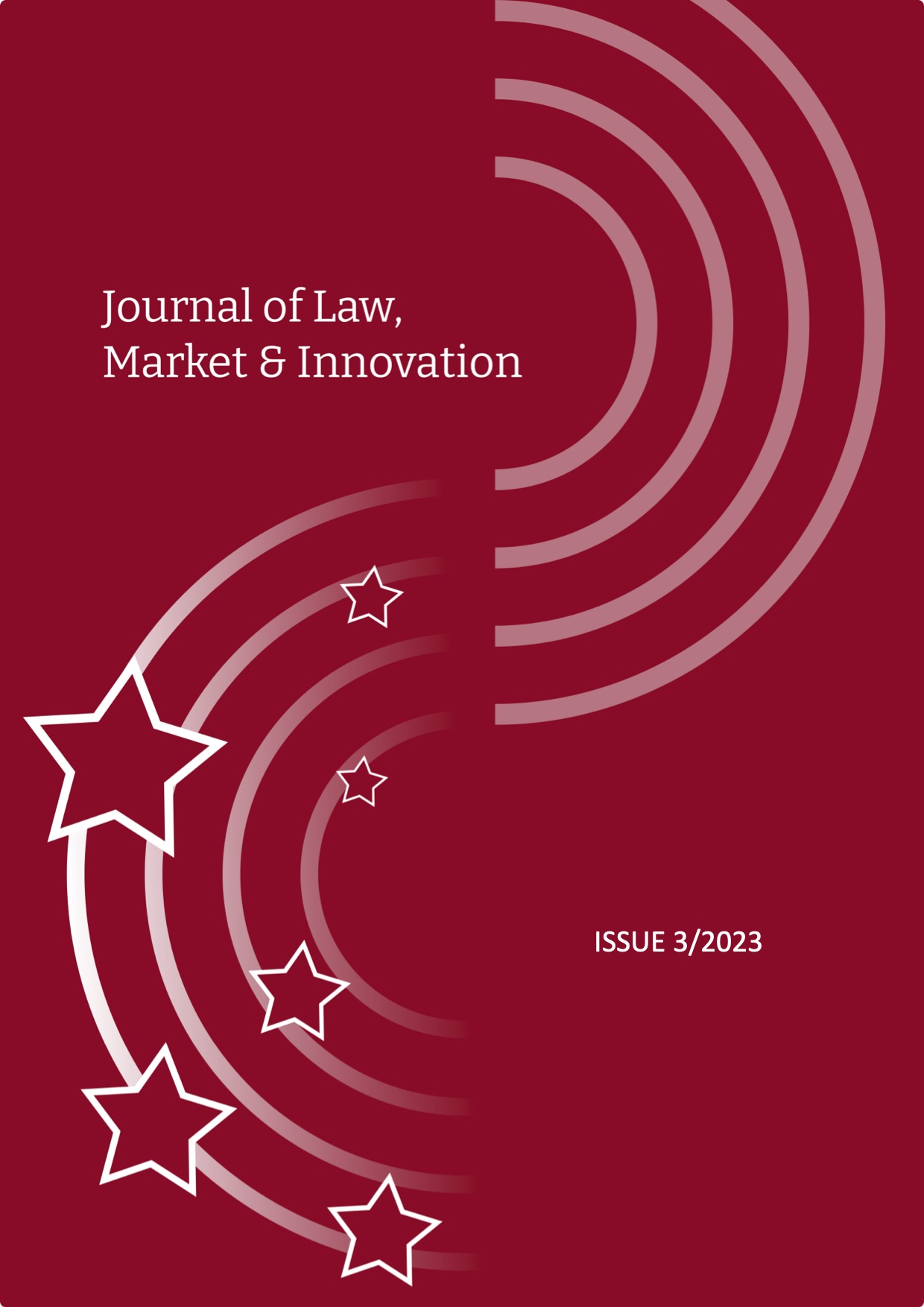Liability or no liability? Promoting safety by shifting accident losses onto third parties
DOI:
https://doi.org/10.13135/2785-7867/8891Keywords:
Robot liability, Third-party residual liability, Optimal safety investmentsAbstract
In a recent article, Guerra et al. considered the problem of liability for accidents caused by the activity of robots, proposing a novel liability regime, which they referred to as ‘manufacturer’s residual liability.’ Under this regime, injurers (robot operators) and victims are liable for accidents due to their negligence (hence, they are incentivised to act diligently), and third-party robot manufacturers bear all remaining accident losses, even when the accident is not caused by a defect or malfunction of the robot. In this article, I explore the possibility of extending this framework of liability to other tort scenarios. I refer to this broader application of the rule as ‘third-party residual liability.’ This rule incentivises third parties to make optimal safety investments in environments that are under their control, beyond the incentives obtainable under negligence or products liability law. Third-party residual liability rules will lead to a reduction in the price of safer goods and services offered by the third party, driving unsafe technologies out of the market. Further, thanks to the percolation effect of third-party residual liability, injurers and victims would also be incentivised to limit their activity levels in risky environments. The ideal application of this rule is to accident situations where the risk is affected not only by the behaviour of injurers and victims, but also by external factors that are controlled by a third party.



 EJIF has been approved for inclusion in
EJIF has been approved for inclusion in  The Journal of Law, Market & Innovation is indexed in
The Journal of Law, Market & Innovation is indexed in  The Journal of Law, Market & Innovation is indexed in
The Journal of Law, Market & Innovation is indexed in  The Journal of Law, Market & Innovation is indexed in
The Journal of Law, Market & Innovation is indexed in  The Journal of Law, Market & Innovation is indexed in
The Journal of Law, Market & Innovation is indexed in  The JLMI is classified as a "Class A" journal for Law (Area 12) by the Italian
The JLMI is classified as a "Class A" journal for Law (Area 12) by the Italian 
